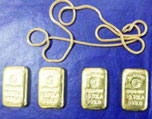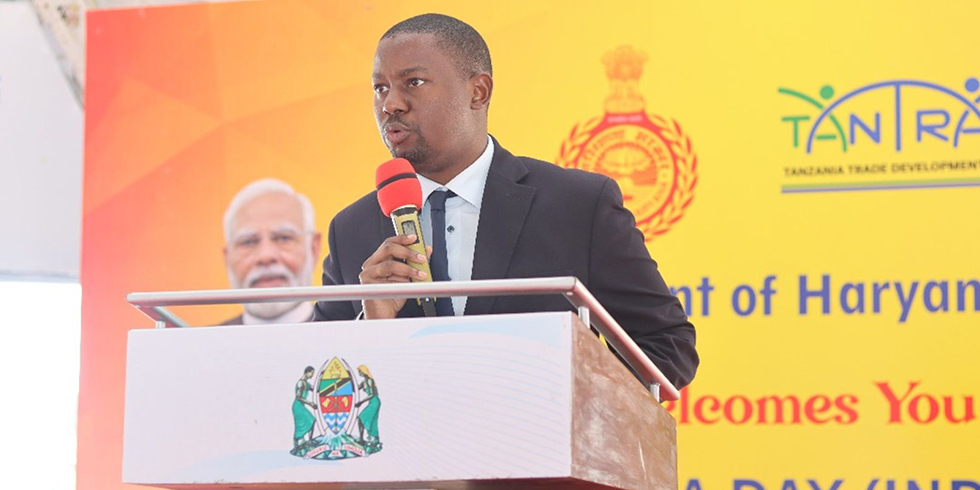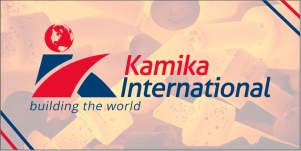CHENNAI: India has begun an exploration for mineral deposits and precious metals like gold and silver in the Southern Indian Ocean. The country's first ever seabed exploration for polymetallic sulphides is being done in the Rodriguez Triple Junction (RTJ), a geological junction in the southern Indian Ocean where three tectonic plates meet near Mauritius.
Scientists at the National Centre for Antarctic and Ocean Research (NCAOR), Goa said that the country has been granted 10,000sq km near RTJ for seabed exploration of polymetallic sulphide, a mineral deposit with three or more metals in commercial quantities.
The license to conduct exploration for 15 years was granted in 2014 by the International Seabed Authority (ISA), an autonomous international organization established under the 1982 United Nations Convention on the Law of the Sea.
Earth sciences secretary Shailesh Nayak said they have completed the first level of exploration. "A large amount of data was collected, including videos and photographs which are being analysed," he said.
National Institute of Ocean Technology (NIOT), Chennai and NCAOR will jointly take up the second level of exploration soon. The process involves a remotely operated vehicle (ROV) that identifies hydrothermal vents, which are fissures on the surface, commonly found near active volcanic areas associated with tectonic structures.
At RTJ, scientists involved in the planning of the exploration said that there are black smokers, a kind of hydrothermal vent that emits particle laden fluids. "These black smokers vents have plumes. When they emit hot liquid, they also eject minerals," a scientist explained.
Polymetallic sulphide commonly hold copper, iron and lead, besides gold and silver in lesser quantities. A scientist at NCAOR said that a ROSUB 6000, a work class underwater remotely operated vehicle (ROV) with a depth rating of 6,000 metres developed at NIOT will be deployed.
It will capture videos with its high resolution cameras from a distance of about 1.5 metres, as the black smokers vent eject hot fluid that have high temperature of 350 to 375 degrees Celsius.
The exploration will also help in studying the chemosynthetic bacteria which forms the base of the food chain.
India begins first seabed exploration for gold and other mineral deposits in Indian Ocean










Add Comment